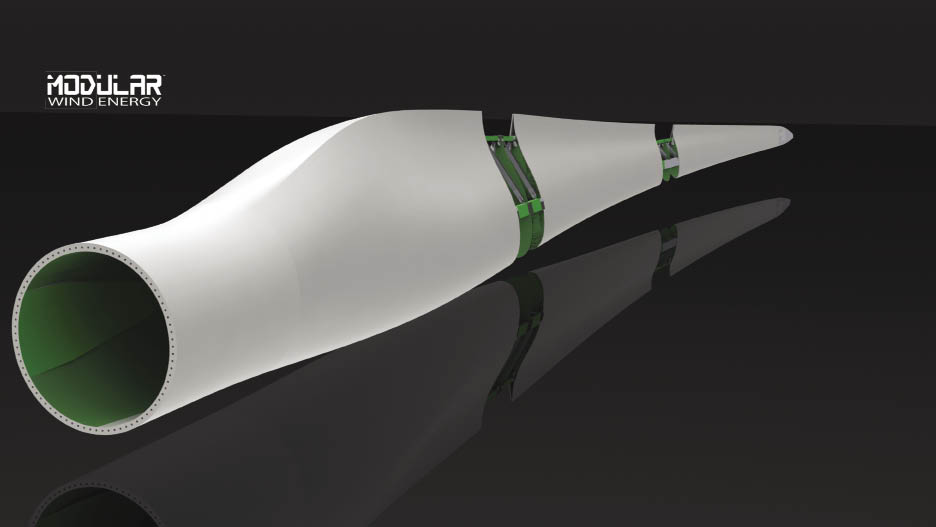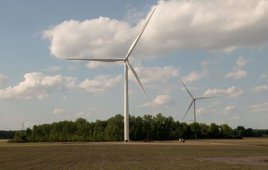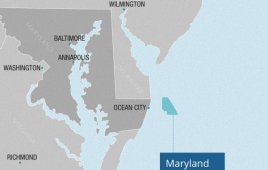The economy of scale – the idea of building something bigger to lower its unit cost – is playing hell with the economy of wind turbines. Big turbines are enormous in size and cost, so much so, they could be pricing themselves out of a job.
Take blades for example. Transporting a modest 50-m blade costs about $36/mi per set. Add 7m to blade length and transport costs jump to $72/mi. because special trailers are needed. Long conventional blades require large and dedicated manufacturing spaces, special trucks and trailers for transport driven by qualified drivers over routes selected by state officials and with police escorts. Blades from Europe fare worse. Those cost $80,000 to $100,000 each for sea and land leg of their journey. Hence, the shorter the blade or section, the better.

The pultrusion beam join, called a finger joint, typically has about 10 to 15 layers of poltrusion slats. Gaps occur where each layer section meets, and the gaps are staggered no more than two are adjacent at any given station.
To get around the hefty cost of transportation on special equipment, Modular Wind Energy (modwind.com) has devised a way to build a blade in two or three parts with special joints, suitable for final bonding at the wind project site. “Our engineers have devised a joint that typically uses three sparcaps (beams), each made of multiple staggered-length laminate slats which are made by pultrusion,” says Modular Wind Chief Commercial Officer Warren Ault. The complete sparcap is called a Glu-Lam beam, for glued and laminated.
Two opposing beam ends (green material in the images) assemble like fingers on two flattened, clasped hands. The joints are adhesively bonded and inspected all at the turbine site or laydown yard. The company has developed proprietary inspection and remediation processes to ensure there are no voids in the joint. A cover panel shaped to the airfoil geometry then fits over the bonded beam and the seams are filled, sealed, and painted.
Modular Wind’s 45m demonstration blade features two joints, primaryily to prove the design. The company acknowledges that blades up to 54-m long would generally require one joint while blades in excess of 54 meters would feature two or more joints. For rotors that extend existing turbine platforms to be economically viable for lower wind sites, maximum static moment is often the limiting design criteria. Ault says Modular Wind’s blades featuring their Glu-Lam joints can reduce transportation costs by 50 to 75% over that for conventional blades of similar lengths.
The sparcap design supports the building of blades in sections. This means the MWE process can typically use an existing blade plant designed for 37 and 45m to build 60m blades. A standard leased warehouse with structural columns can also be used. “What’s more, the design allows a 20% reduction in mass of sparcap which is equivalent to 10% reduction in mass of the blade. For the same mass, we can add 4m of blade length,” says Ault. On average, MWE blades weigh about 15% less than a vacuum infused rotor of the same length. The first such blade will fly by the end of the year. It uses all GL approved materials. WPE
Filed Under: Uncategorized





